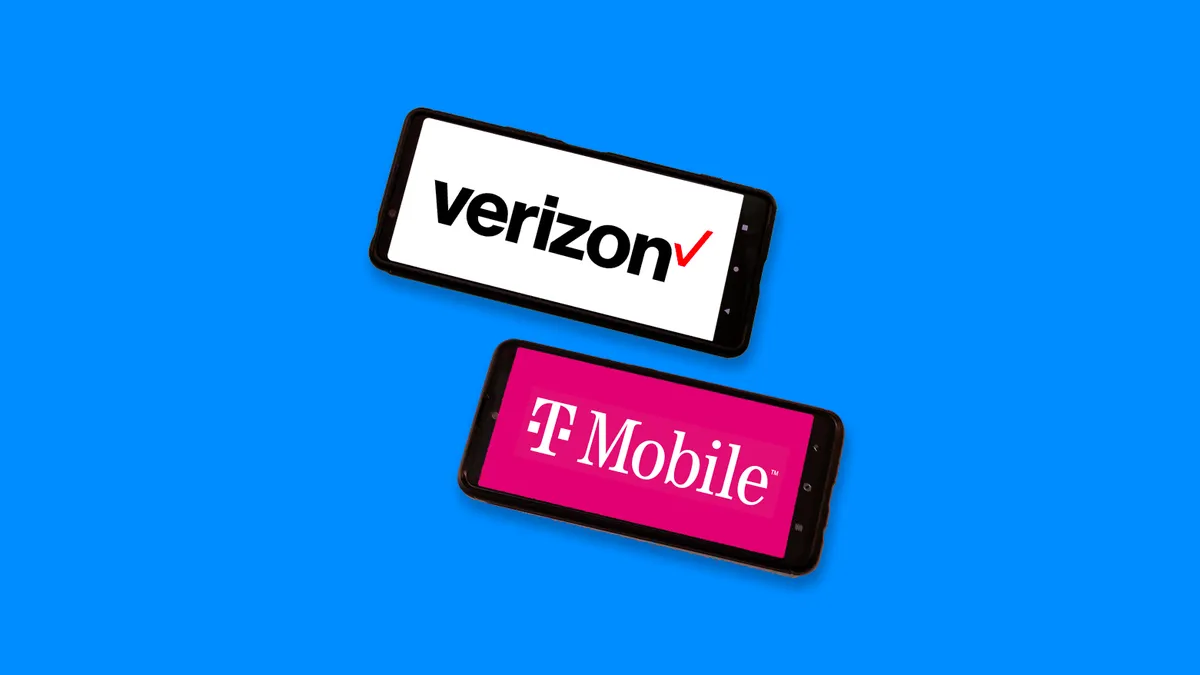T-Mobile Cuts Home Internet Prices Amid Customer Backlash
Customer Reaction and Market Competition
According to The U.S. Sun, T-Mobile has reduced its home internet plans from $60 to $50 per month in response to customer complaints about recent price increases. They aim to make their services more affordable and attract new customers. By signing up for automatic payments, customers can save an additional $5 per month. Bundling internet with a phone plan offers even more savings ranging from $10 to $20 monthly. In some areas eligible subscribers can get 5G internet for as low as $40 per month. T-Mobile is also offering a limited-time $200 prepaid gift card for new internet subscribers to compete with Verizon and other rivals.
This price reduction follows criticism aimed at T-Mobile earlier this year when they raised rates marking the first increase in nearly a decade for some plans. Customers who had “Price Lock” contracts expressed disappointment feeling their rates should have remained unchanged. In contrast Verizon offers a similarly priced $50 per month internet plan with speeds ranging from 85 to 1,000 Mbps providing consumers with a viable alternative. Both T-Mobile and Verizon emphasize no contracts and include equipment with their plans catering to consumers who prioritize flexibility and transparency in their telecom services.
READ ALSO: $422 Million Prepayment: Illinois Comptroller’s Proactive Move To Boost Pension Fund Returns – Enhancing Financial Stability!

$50 Per Month: T-Mobile Slashes Home Internet Prices, Offers Limited-Time $200 Gift Card to Compete with Verizon! (PHOTO: CNET)
Verizon’s Summer Promotion Targets iPhone Upgrades and Connectivity
As summer progresses Verizon has launched a promotional campaign offering up to $830 off a new iPhone 15 through trade-ins and specific plan subscriptions. This strategy aims to capitalize on seasonal demand for enhanced connectivity and device upgrades intensifying competition in the telecom sector. With consumers increasingly focused on affordability, speed, and bundled offerings T-Mobile and Verizon are strategically positioning themselves to attract and retain customers through competitive pricing and enticing incentives. These efforts underscore a dynamic market where customer preferences continue to shape the landscape of telecommunications services.

















































